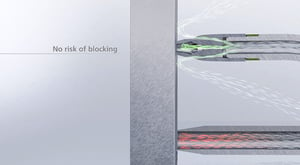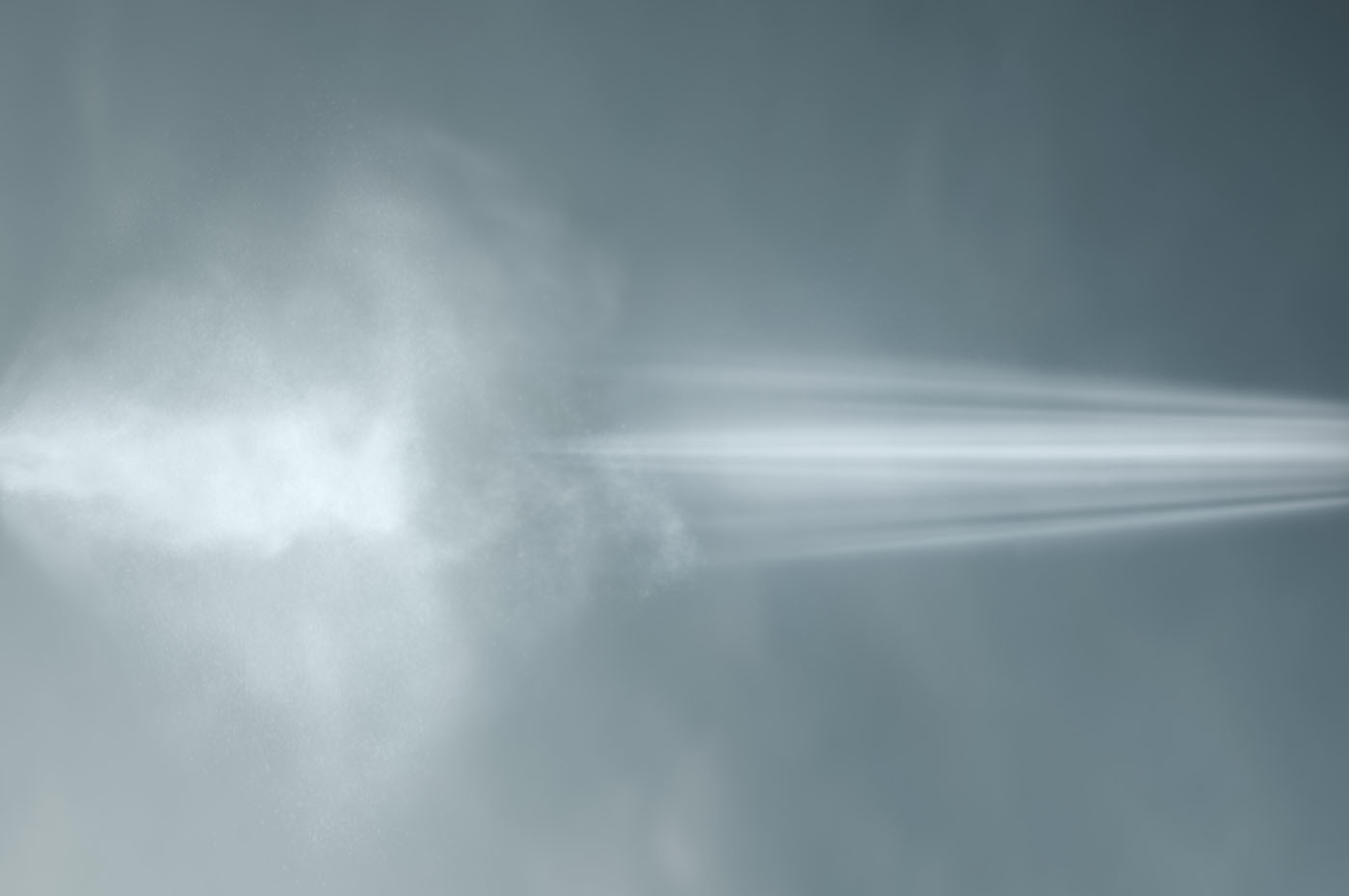A version of this article was first published on silvent.com
Silvent can help you eliminate the risk of non-compliance with OSHA 1910.242(b), while maintaining an effective blowing force.
The special technology, that combines safety and efficiency

Silvent technology makes it possible to meet OSHA requirements while also maintaining a high blowing force. This unique technology is available in the majority of Silvent’s air guns.
The nozzles’ special design includes many different holes and slits that prevent pressure from exceeding 30 psi (210 kPa) if the nozzle is blocked. The design minimises the risk of a total blockage, as the holes and slits are positioned in a way that prevents the nozzle from becoming blocked completely. Because the air always has an escape route, static pressure cannot become too high and harmful for the operator. This is different for an open pipe.
If an open pipe gets blocked, the air has no escape route. This means that whatever is blocking the pipe will be the receiver of the total air pressure. If the pressure is more than 30 psi (210 kPa) and the surface that blocks the pipe belongs to a human, this can lead to serious injuries. The high pressure will force the air in under the person’s skin, which can lead to symptoms similar to those of a heart attack or cause a stroke.
Product test - OSHA compliance
The pointer indicates the static pressure for the air blow gun. If the pointer points at the green side, the air gun fulfils the OSHA requirements for blowing with compressed air. The red area indicates that the air gun does not fulfil OSHA’s requirements for blowing with compressed air.
It is important to only use safe air guns, that are equipped with nozzles that fulfil OSHA’s requirements. This can easily be tested with an OSHA gauge, that measures the air pressure of a blocked air gun.



